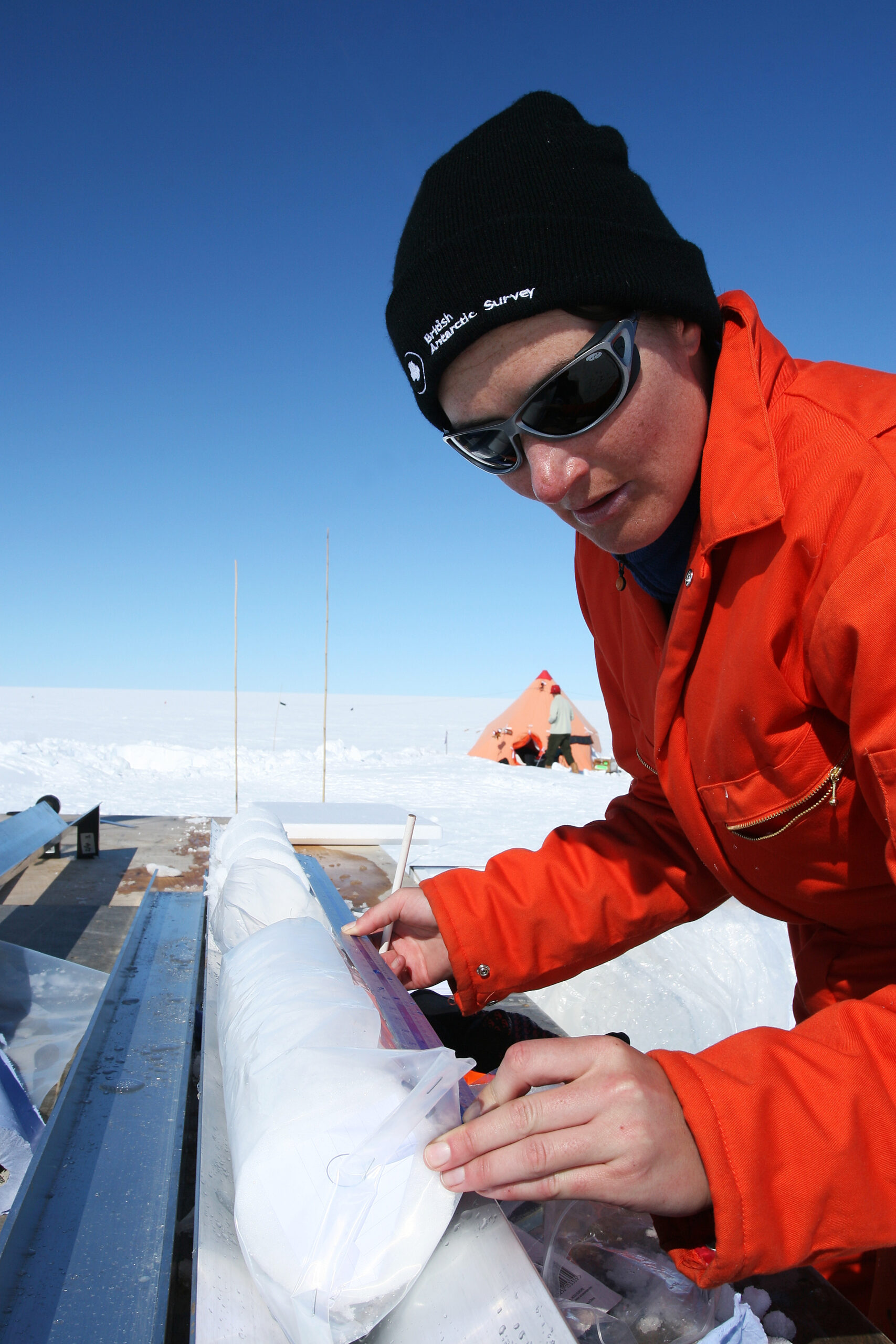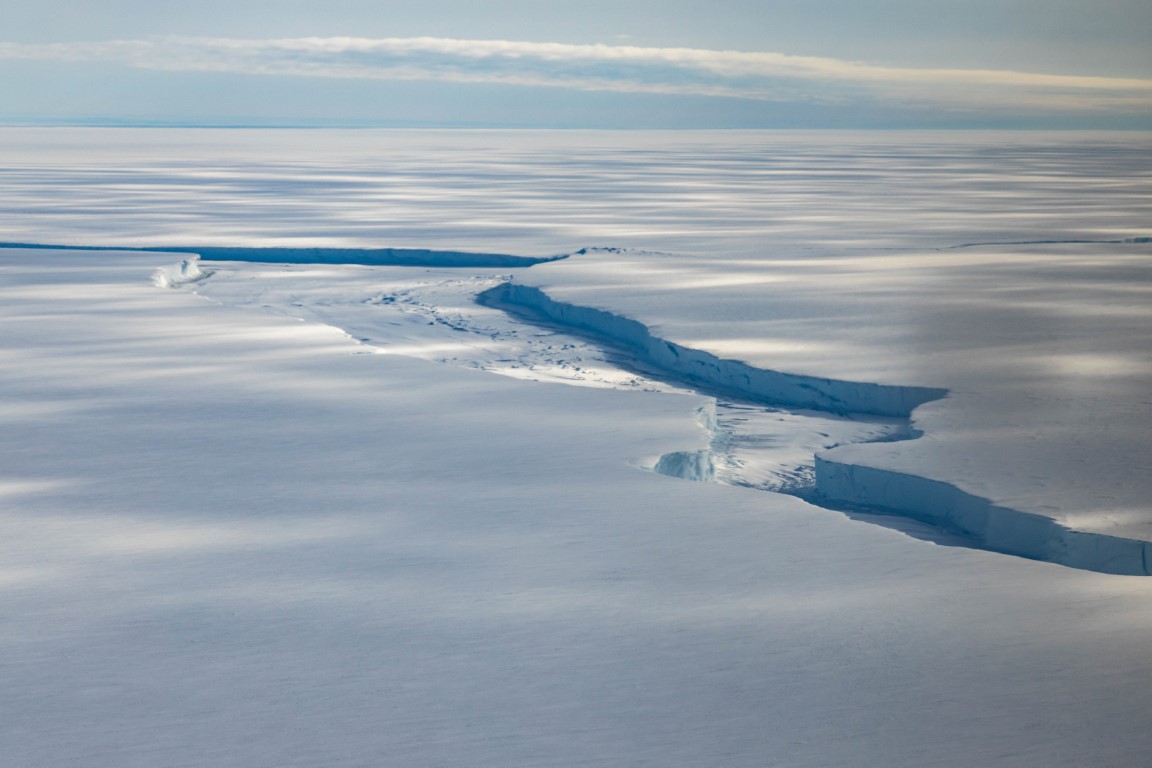Team embarks on mission to investigate iceberg calving
Halley Research Station, Antarctica – A team of scientists from the British Antarctic Survey (BAS) is gearing up for an expedition to the Brunt Ice Shelf in Antarctica to unravel the mysteries behind the calving processes that result in the formation of colossal icebergs.
The floating Brunt Ice Shelf, home to the BAS Halley Research Station, has recently witnessed two significant calving events, including the spectacular A-81 iceberg, the size of Greater London, earlier this year. The team will operate out of the Halley Research Station, collecting shallow ice cores as well as deploying seismic instruments, radar and GPS receivers to delve into the evolution of cracks on the ice shelf.
Dr Liz Thomas, an ice coring expert at BAS and one of the lead scientists on the mission, explains the significance of the Brunt Ice Shelf as a prime location for the research. She says:
“The Brunt Ice Shelf is one of the most studied ice shelves in the world, with active rifts that are relatively easily accessible. It, therefore, provides an ideal test bed to study the processes that take place just before a major calving event.”

The first year of the project involves drilling two ice cores to collect samples for laboratory testing both in Cambridge and at the Rock and Ice Physics Laboratory at UCL Earth Sciences. These tests will help the scientists to observe variations in the physical properties of the ice, including grain size, impurity content and fracture toughness. The collected data will contribute to a better understanding of the factors influencing crack growth and calving.
The Brunt Ice Shelf has a rich history of strain monitoring, and recent years have seen the development of several huge cracks, including Chasm-1 and the Halloween Crack. Notably, two large icebergs, A-74 and A-81, have calved in the last three years, providing unique a dataset on the physical conditions preceding major calving events.

Dr Oliver Marsh, a glaciologist at BAS and principal investigator on the project, highlighted the broader implications of their work, saying:
“Large calving events can dramatically alter the shape of ice shelves, modifying ocean circulation and affecting ice dynamics through increased ice flow into the ocean. The physics behind fracture in ice is not well represented in models making it difficult to predict how calving rates will change in the future.”
Dr Tom Mitchell, professor of Earthquake Geology and Rock Physics at UCL Earth Sciences:
“We are very excited to get our hands on these ice drill core samples, which will be transported to our rock and ice physics labs at UCL. Our ice lab experiments will provide fundamental information to allow us to further understand how ice fractures initiate, propagate, and lead to large scale calving events that could become more frequent as the continent is affected by environmental change.”
The mission is part of the RIFT-TIP project, which aims to provide insights into the mechanics of iceberg calving and fracture growth in ice shelves, contributing to our understanding of the impacts of climate change on Antarctica and its implications for global sea levels.